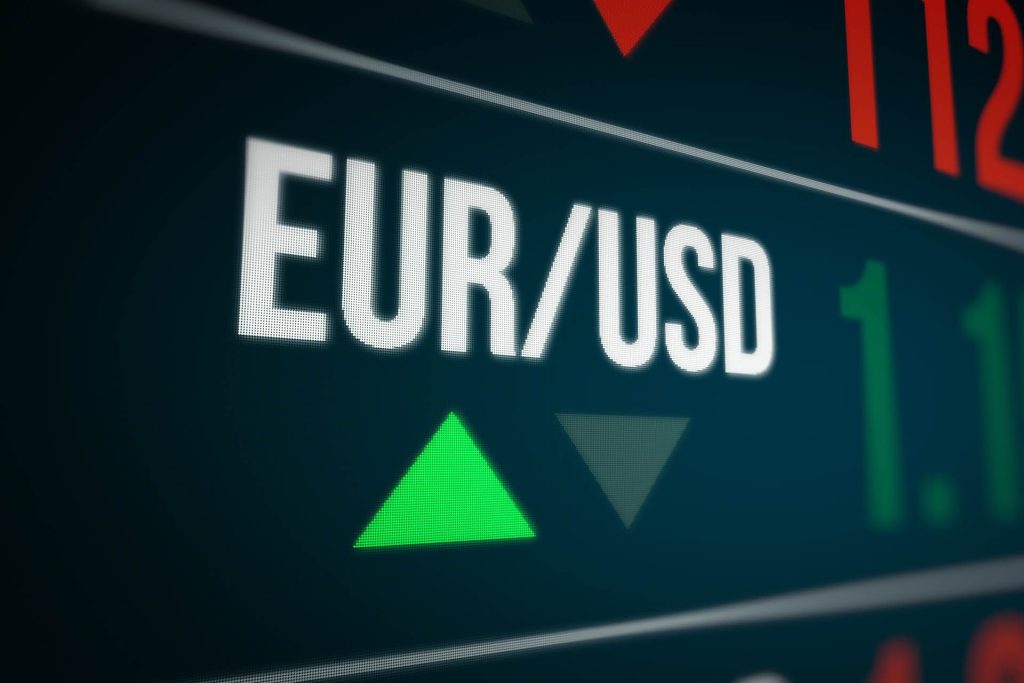The EUR/USD pair rose above 1.0850 in Friday’s New York session, defying expectations as the US Dollar weakened despite the release of hotter-than-expected US core Personal Consumption Expenditures (PCE) price index data for June.
Market Reaction:
The core PCE inflation, the Federal Reserve’s preferred gauge, came in at 2.6% year-on-year, exceeding the forecast of 2.5%. Additionally, monthly inflation grew at a faster pace of 0.2% compared to estimates and the previous release. This sticky inflation data could potentially dampen expectations of early rate cuts by the Fed.
Despite the hotter-than-expected inflation data, the US Dollar Index (DXY) declined to near 104.30. The market’s focus now shifts to the upcoming Fed monetary policy meeting, scheduled for Wednesday. While no change in interest rates is expected, investors will be looking for clues on whether the current market expectations for rate cuts are warranted.
Eurozone Concerns and Outlook:
Despite the EUR/USD pair’s rise, concerns about the Eurozone’s economic outlook persist due to multiple headwinds. Germany, the Eurozone’s largest economy, is facing a particularly challenging period, with the flash Composite PMI for July contracting and indicating a potential GDP shrinkage in the third quarter.
Furthermore, rising expectations of two more rate cuts by the European Central Bank (ECB) this year have also weighed on the Euro. The ECB’s confidence in achieving its 2% inflation target by 2025 and the need for economic revival have fueled these expectations. The German government’s announcement of a 30-billion-euro tax relief package further underscores concerns about weak demand.
The upcoming preliminary Eurozone Harmonized Index of Consumer Prices (HICP) data for July, scheduled for next week, will be a key trigger for the Euro, providing insights into the potential timing of further ECB rate cuts.
Technical Analysis:
The EUR/USD pair remains within the Symmetrical Triangle pattern on a daily timeframe, having failed to hold a breakout. Although it has moved above the 20-day Exponential Moving Average (EMA), further declines towards support levels at 1.0800 and 1.0700 remain possible. The 14-day Relative Strength Index (RSI) indicates a fading bullish momentum. The round-level resistance of 1.0900 poses a significant challenge for Euro bulls to overcome.




